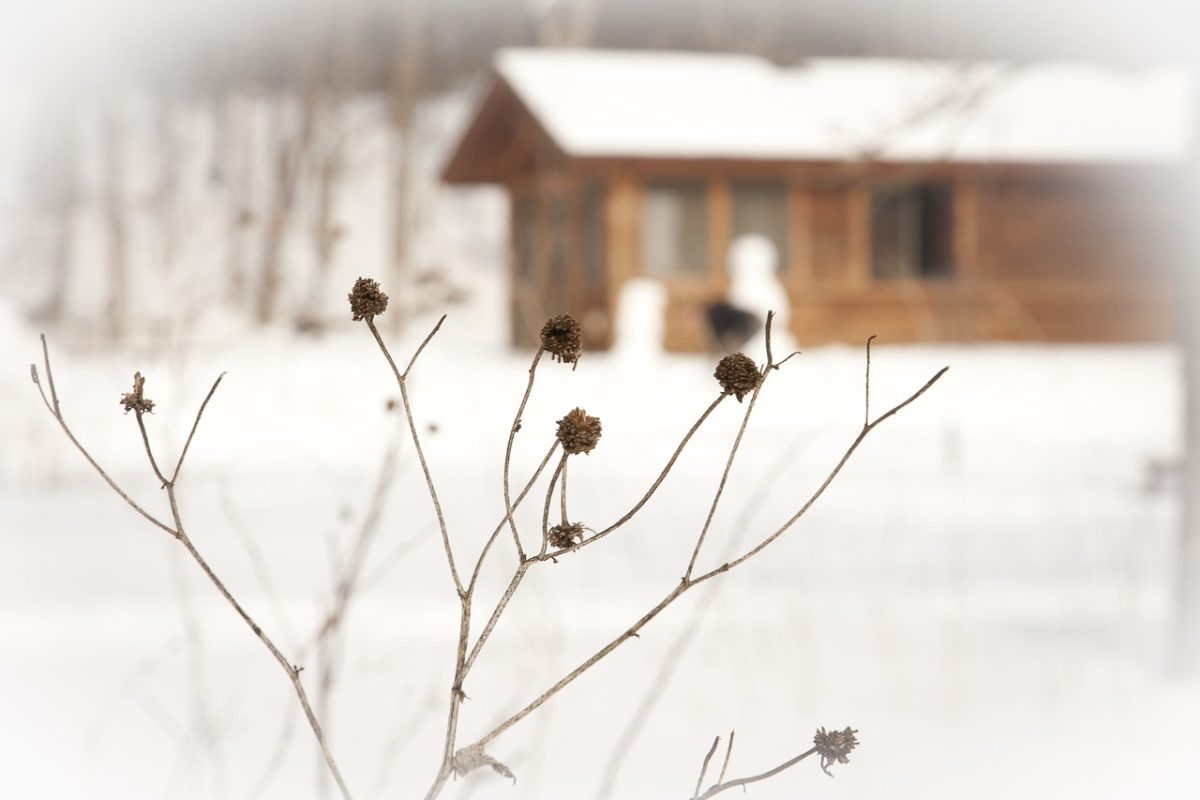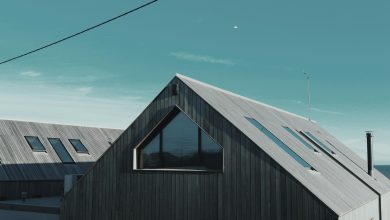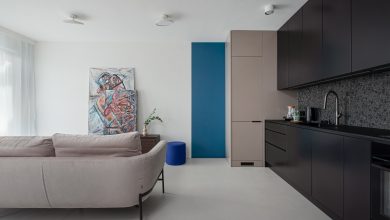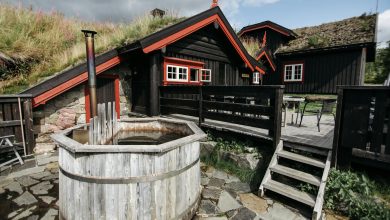Why Is The Use of curved pipes So Important In Plumbing?
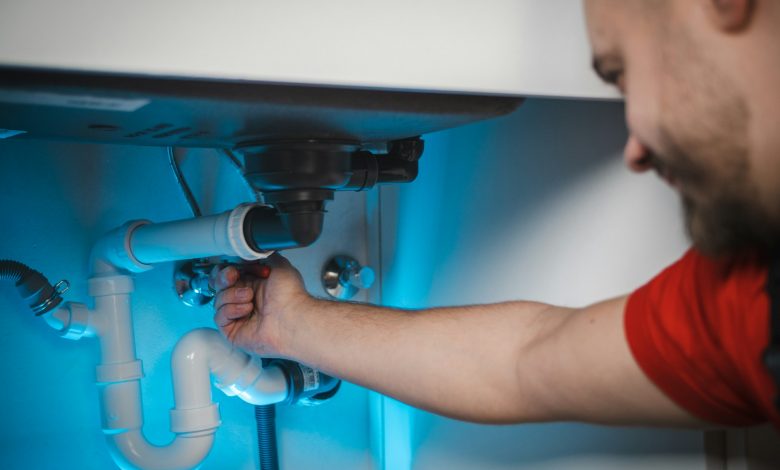
Water flows most efficiently through a pipe in a straight direction. When a change of direction is necessary to overcome obstacles during pipework construction. Every angle or bend is a change of direction and will add resistance. This will reduce the rate at which water flows through the inner core of the pipe.
You can see the ingenious use of a curved pipe in plumbing beneath a bath or kitchen sink, and even built into the ceramic of a toilet bowl. The designers actually create the curvature to establish an airlock between the outgoing pipe and the air in the property. The curved design of the pipe is essential in plumbing as it provides minimal resistance, facilitating the smoother flow of water.
Why is a curved pipe put in place beneath plumbing fixtures?
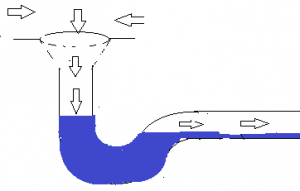
The correct term for this curvature use in plumbing is a trap, a trap is used to prevent foul air entering a property. Not only does a trap separate the internal air from that of the sanitary pipework. But it also creates a barrier to stop the entry of insects and rodents through pipes. Installing traps is crucial for maintaining proper sanitation and hygiene within a building.
How Does a Trap Actually Work: And What Is It Made Of ?
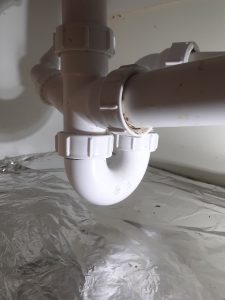
The word trap bares a striking familiarity to what it actually does. After using a plumbing fixture, the wastewater then flows away. The curvature of the trap holds a small amount of water after being used. This water creates a barrier that stops foul air further down the pipeline entering the property. By utilizing an intuitive design, a trap makes use of some critical elements of nature. Such as gravity, air density, and, most importantly, water.
Most commonly, traps and accompanying pipework are made of plastic because it is cost-effective and durable. However, when ethical considerations come into play, some individuals opt for a more luxurious metallic chrome finish. Consumers highly value aesthetic appeal, especially when intricate pipework is visible, adding a touch of sophistication to the overall design. Nonetheless, sanitary pipework is discreetly concealed, hidden out of sight beneath a bath or sink, serving as an essential conduit for water used in a property.

